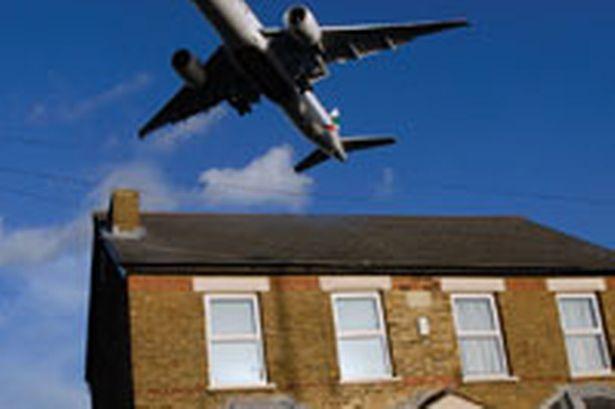As storm clouds gather on the horizon and insurance companies retreat like cautious soldiers, a critical landscape is quietly unraveling—threatening not just property values, but the very fabric of community resilience. The once-vibrant region now stands at a precarious crossroads, where climate vulnerability meets economic uncertainty, leaving residents and experts alike wrestling with a stark potential reality: an area increasingly challenging, if not unfeasible, to protect financially. This narrative isn’t about distant predictions, but an unfolding crisis that is reshaping how Americans understand risk, insurance, and the changing environmental landscape. The looming insurance catastrophe threatening a meaningful portion of the United States has reached a critical point, with experts sounding alarms about potential widespread economic disruption. California, long considered a paradisiacal coastal region, now finds itself at the epicenter of an emerging crisis that could fundamentally transform property ownership and risk management.
Insurance companies are rapidly reassessing their strategies,with major providers progressively withdrawing coverage in high-risk geographical zones. Wildfire-prone areas,coastal regions susceptible to sea-level rise,and zones experiencing increasing climate-related volatility are experiencing dramatic shifts in insurability.
State Farm, one of the largest insurance providers, recently announced a complete halt on new property insurance policies in California, citing unprecedented risk exposure. This decision signals a profound change in how insurers perceive long-term environmental challenges.
Climate change has become the primary catalyst driving these seismic industry changes. Rising temperatures, more frequent extreme weather events, and escalating environmental unpredictability have created a landscape where conventional risk assessment models are becoming obsolete.
Homeowners are experiencing direct economic consequences, with insurance premiums skyrocketing and availability becoming increasingly constrained. Some properties in high-risk zones are witnessing insurance costs that represent considerable percentages of annual household income, creating significant financial strain.
Economic analysts suggest this trend could trigger broader market disruptions. Property values might decline in vulnerable regions, potentially creating localized real estate market contractions.The ripple effects could impact municipal tax bases, infrastructure investments, and regional economic stability.
State regulators are scrambling to develop innovative solutions. Proposed strategies include creating state-backed insurance pools, implementing stricter building codes, and developing more comprehensive risk mitigation frameworks. However,these efforts face significant challenges in balancing economic feasibility with environmental realities.
Technology and data analytics are emerging as potential game-changers. Advanced modeling techniques allow insurers to more precisely calculate risk, potentially creating more nuanced and adaptable insurance products. Machine learning algorithms are being deployed to predict and assess environmental risks with unprecedented accuracy.
The situation demands comprehensive, multi-stakeholder approaches. Collaboration between government agencies, insurance providers, environmental scientists, and local communities will be crucial in developing sustainable solutions that protect both property owners and broader economic interests.
As the landscape continues evolving, individuals and communities must proactively understand their risk profiles, invest in mitigation strategies, and remain adaptable in an increasingly complex insurance environment.


